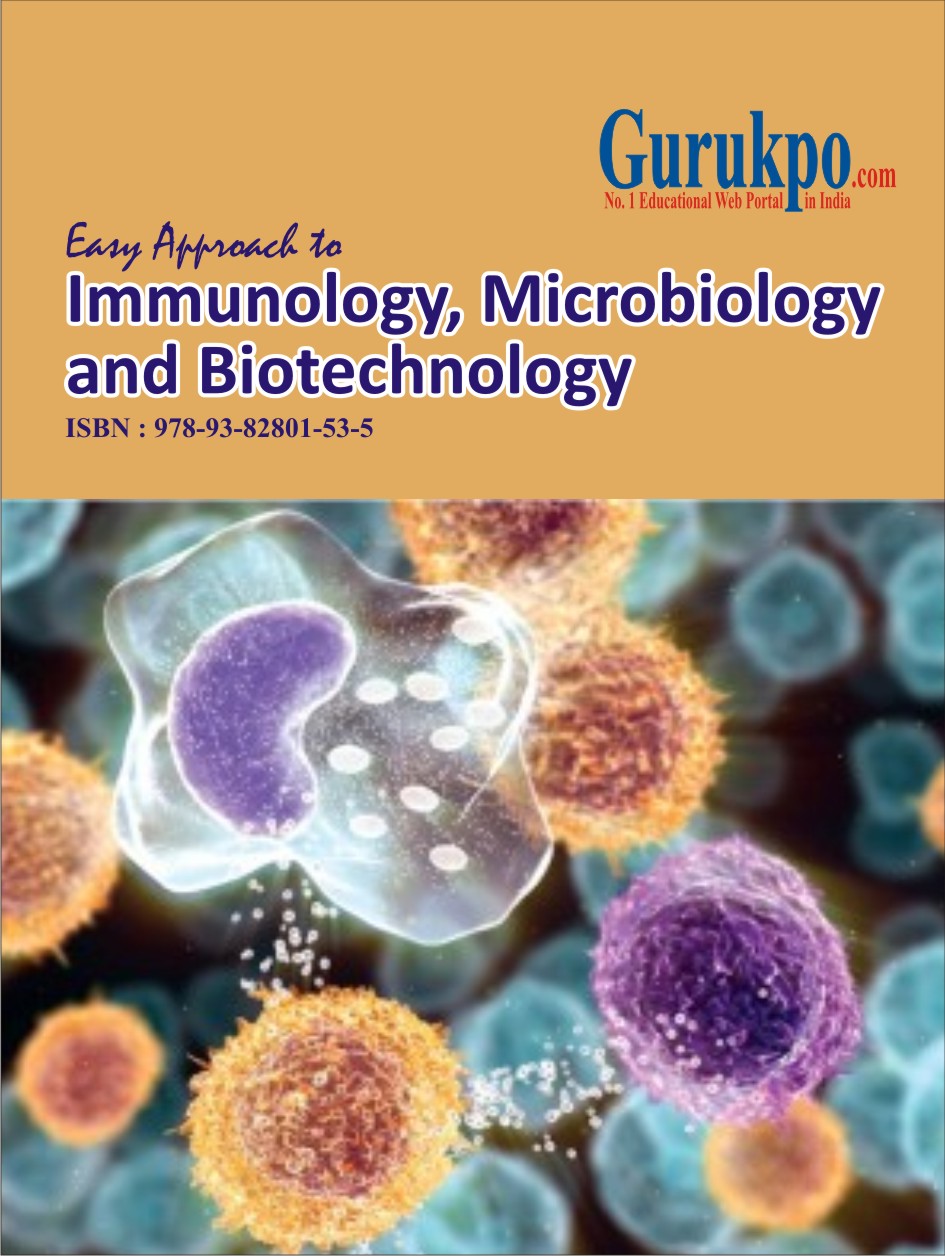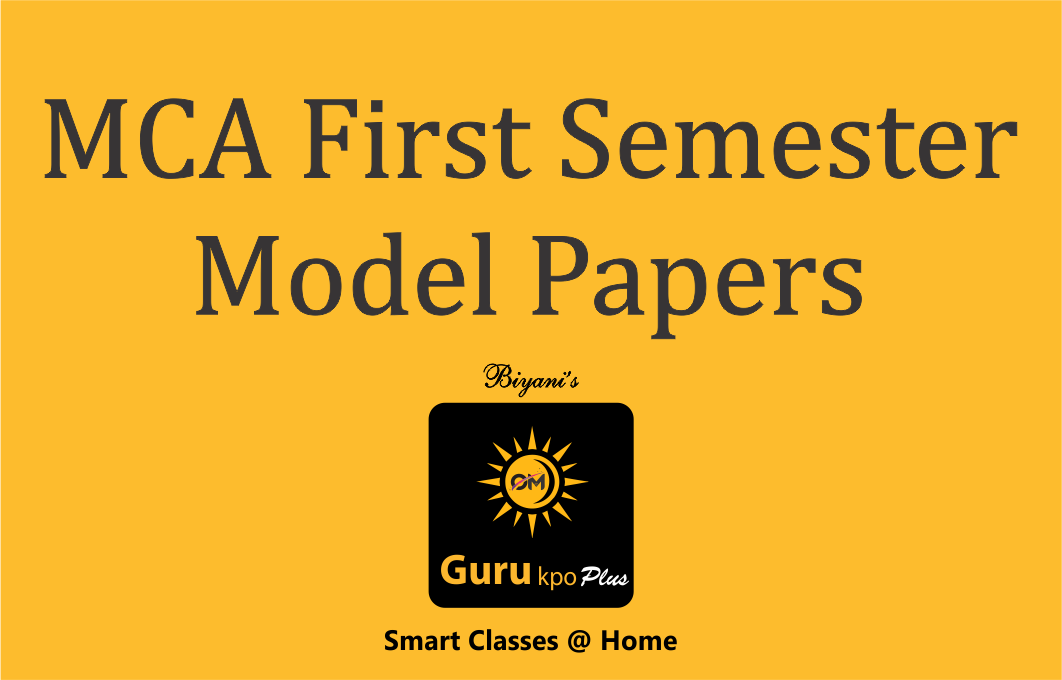
Section-A
Immunology
1.Immunology: Definition, types of immunity:innate and acquired:humoral and cell
mediated.
2.Antigen: Antigenicity of molecules, haptens.
3.Antigen-antibody
reactions: Precipitation reaction, agglutination reaction, neutralizing
reaction, complement and lytic reactions and phagocytosis.
4.Cells of Immunit : Macrophages, Lymphocytes (B-and T-types) T-Helper cells. T-Killer cells, plasma cells and memory cells.
5.Mechanism of humoral or antibody mediated immunity.
Section-B
Microbiology
1.Brief introduction to the history of Microbiology : work of Anatomy Van Leeuwenhoek :
theory of spontaneous generation : Germ theory of fermentation and disease : Work of
Louis Pasteur, John Tynadal, Rober-Koch and Jenner.
2.The Prokaryota (Bacteria) : Structural organization :
i.Size shapes and patterns of arrangement
ii.Structural organization :
Slime layer (capsule) : cell envelopses : cytoplasmic membrane (inner
membrane). cell wall (outer membrane) of Gramm negative and Gram
-positive bacteria : mesosomes : cytoplasmic organization : Cell projection : flagella dn pili.
3.Genetic material of bacteria : (i) Chromosome (ii) Replication of bacterial DNA
4.Reproduction in Bacteria:
Asexual reproduction binary fission, budding endospore
formation, exospore and cyst formation: Sexual reproduction conjugation.
5. Microbial nutrition culture of bacteria
a.Carbon and energy source
b.Nitrogen and minerals
c.organic growth factors
d.Environmental factors : Temperature, hydrogen-ion concentration
6.Bacteria of medical importance :
Gram-Positive :
a.Cocci : Staphylococci , Streptococci
b.Bacilli : Dioptheria : Tetanus.
i.Gram-Negative :
a.Cocci : Gonnorrhea, Meningitis
b.Bacilli : Dirrhea
ii.Mycobacteria : Tuberculosis, Leprosy
7.AIDS and hepatitis (with emphasis on B type). The causatie agents. Transmission,
Pathogencity, Laboratory, diagnosis, treatment and prevention.
Section-C
Biotechnology
1.Concept of gene : Muton, recon and cistron : gene expression, lac operon and gene
mutation.
2.Eugenics and genetic counselling.
3.History, scope and significance of biotechnolgy, Major areas of biotechnology.
4.Vectors for gene transfer (polasmids and phages). Basic concepts of cell and tissue
culture.
5.Basic concepts of animals cell and tissue culture and hybridoma technology.
6.Monoclonal antibodies and their applications.
7.Protosplast fusion in prokaryotes and eukaryotes.
8.Recombinant DNA technology and its application.
9.Bacteria and genetic engineering (outline idea only) : benefits of genetic engineering :
potential hazards and regulations of genetic engineering.
10.Transgenic animals, their uses and biotechnology
11.Brief account of cloning, Genomic research its advantages and disadvantages.
12.Biotechnology in Medicine (outline idea only) : P.C.R. (Genema0chine) Antibiotics.
Vaccines, Enzymes, Vitamines., Steriodis. Artificial Blood.
13.Environmental Biotechnology (outline idea only) : Metal and petroleum recovery pest
control waste-water treatment.
14.Food drink and diary Biotechnology (outline idea only) : Fermented food production :
diary products, alcoholic beverages and vinegar microbial
spoilage and food preservation.








